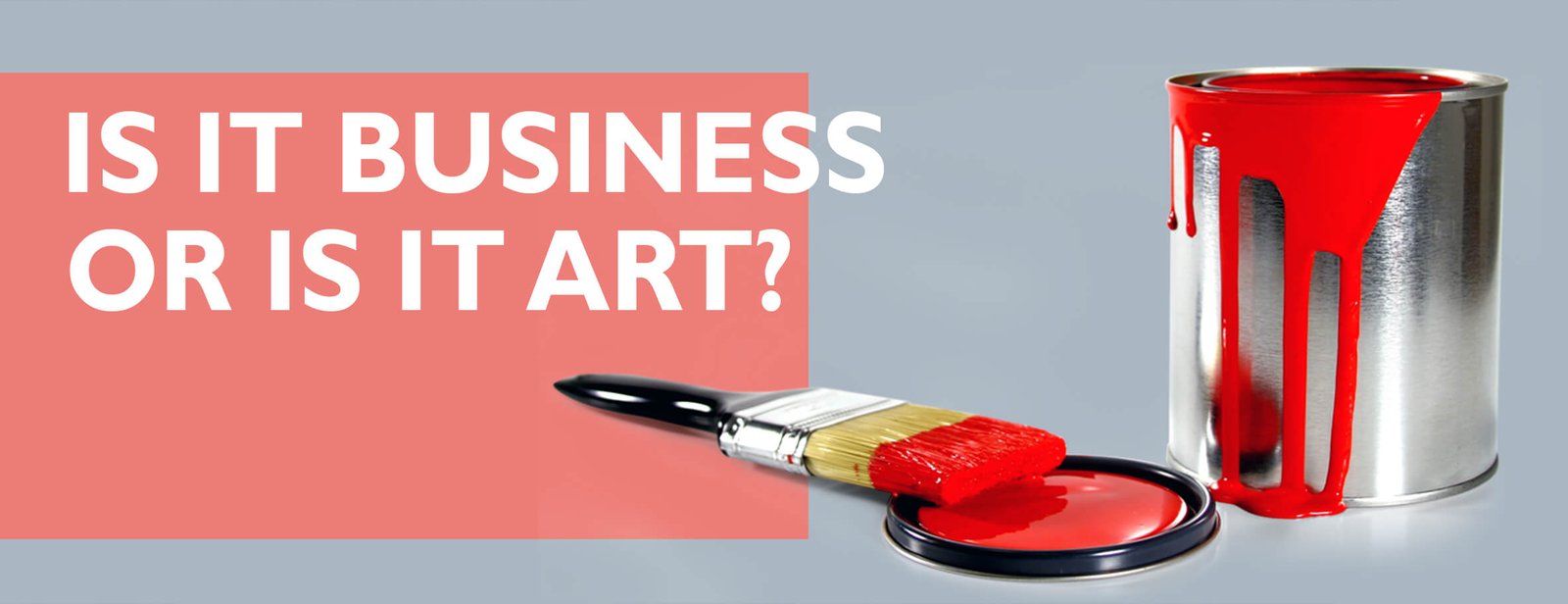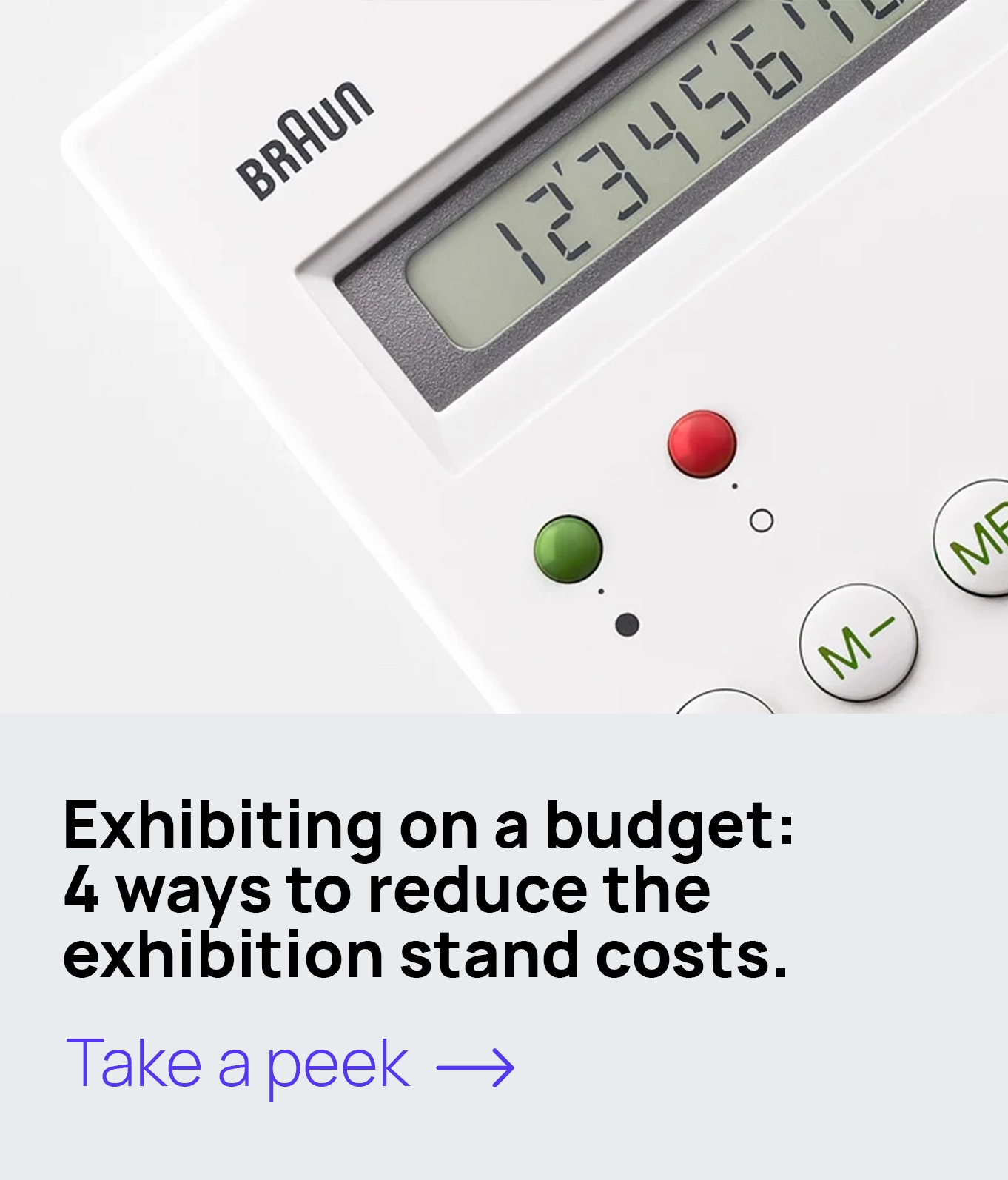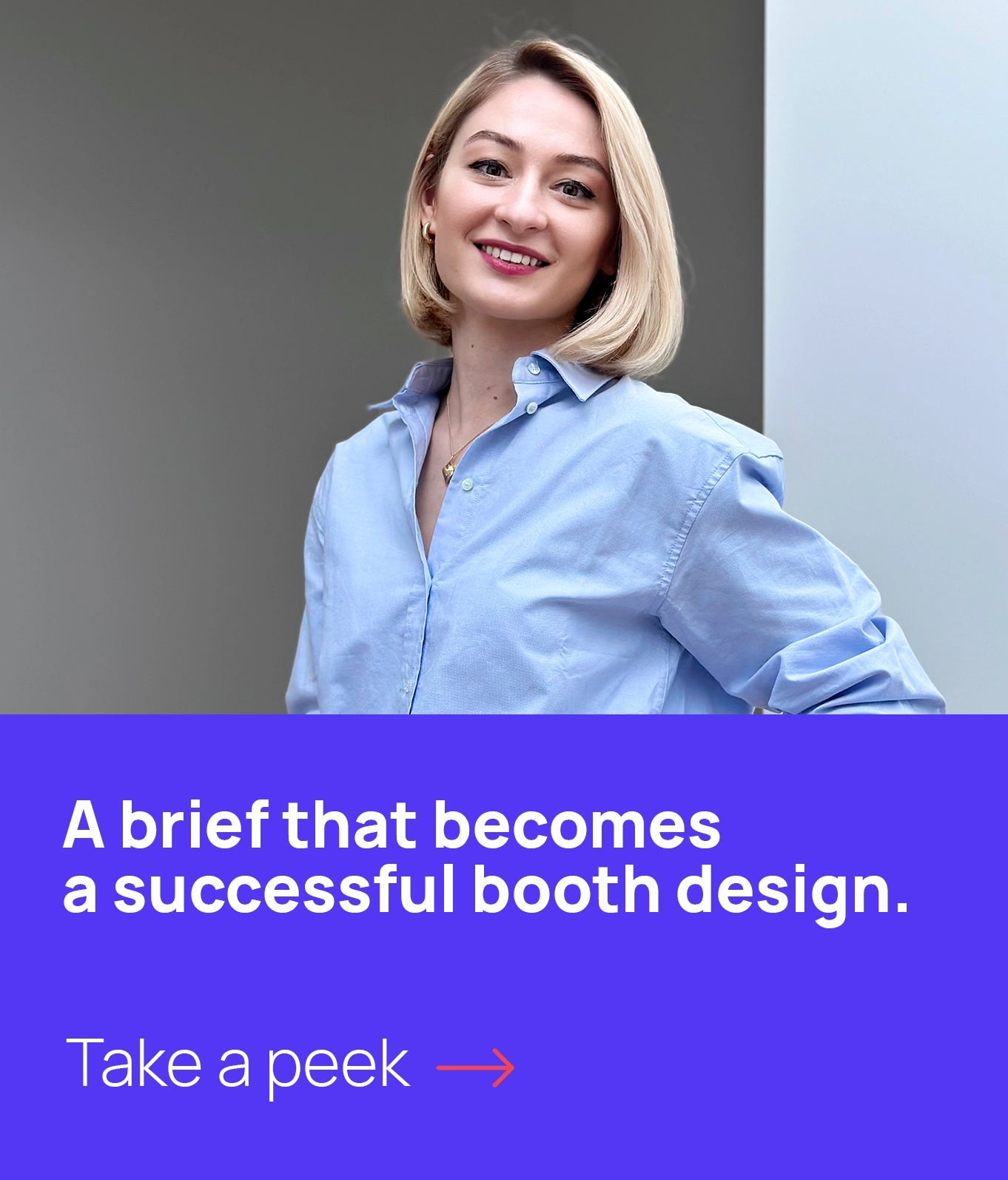One question. Can you remember how much you’ve already wasted on stand design? We mean the money that was spent on the design-projects that happened to be useless but quite expensive pictures? If you participate in, let’s say, 100 tenders per year and only win 20 of them, you are wasting about $ 50 000. If you already see a better use for this kind of money, keep reading.
You would naturally ask, what makes us so self-confident to bring this up. We’ve accomplished more than 2,000 stand design projects during the last five years, and we were lucky (if you believe in luck) to work with Cisco, Audi, Siemens, Osram, Huawei, Kuka, Honda, Kaldewei, Airbus, Philips, Hewlett Packard Enterprise, Electrolux, Zurich, Wink, Softserve, Similarweb, MSI, Oracle etc . Thus we believe we have some humble experience in this sphere, which gives us a right to speak about this tender-winning lottery (spoiler: it’s not a lottery at all) quite seriously. We’ve made a research about what actually helped our designs win tenders and what didn’t.

Is it business or is it art?
Many designers somewhat confuse their work with art. They make something beautiful enough to be on their Behance page, yet it doesn’t mean that their design actually works for the business that hired them. There is a huge difference between a designer (of any field) and an artist – design must work for business, it’s not just about pretty renders that have nothing in common with the company business goals.
Looking at amazing portfolios of other stand designers we can’t help thinking if these works were really helpful for the respective brand, or if they ended up as almost useless pieces of conceptual art. A good stand design is the one that not only looks great but also helps the company reach their KPI for the exhibition.

Can one influence this financially?
You can’t kill a creator inside a designer. But there is a way to make almost any designer discard artistic ambitions. You could try organizing the process in a way where the designer is just as interested to win the tender as you are. It can be implemented financially – for example, if you actually win you add a bonus to the amount you ought to pay for the design. If you lose, on the other hand, you receive a significant discount from the designer. Of course, this idea has to be described in the contract, but it as sure as hell pushes your designer to use all his possibilities at 100% and more.
Great! Now we know how to motivate the designer. Still, the designer’s willingness to be helpful is not solving everything, so we move further.
How do we get a tender-winning stand design?
Ok, we get that, the stand design isn’t about nice expensive 3-D pictures. It’s about understanding the purpose of participation in the exhibition which is most certainly not building something stunning and costly. Brands come to participate in fairs for the prospects, for promotion, for building a certain image and trust etc. So how do you get a stand designer understand that?
Unfortunately, it turns out the stand designers mostly don’t have soothsayers skills and thus they need some guidance. That’s what the following piece of advice will explain.






Leave A Comment